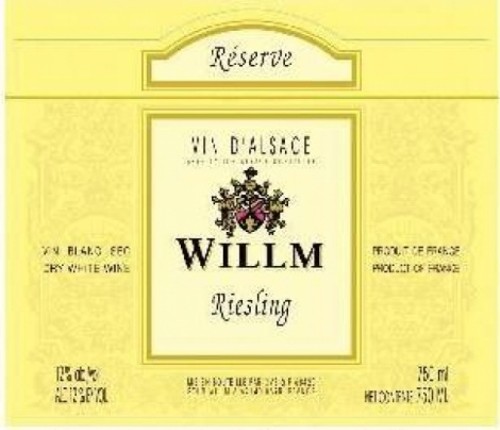Penne Pasta with Vodka & Tomato
Cream Sauce. Simple and wonderful.
Chalk up another one for the recipes
of Marcella Hazan. Somehow, taking a
basic, spicy red sauce and adding a very
neutral-tasting spirit results in a dish that
is completely intense and satisfying. The
sum is much greater than the parts.
Wine is the alcohol of choice called for in so many recipes. And we are all taught that this is due to wine’s flavors and acidity, and that most of the alcohol cooks off. But, this is not the case. Flambéing only rids 25 percent of alcohol, while simmering a sauce for 30 minutes or 2 1/2 hours decreases the alcohol level only by 65 percent and 95 percent, respectively. Even if a dish is slow-cooked for hours, alcohol affects the end product.
I concur that wine’s crisp acidity is a
key component that tenderizes, cleanses,
balances and enhances food. It plays a
key role in marinades, salad dressings,
poaching liquids, sauces, stocks, stews and
braises. But, if it is just acidity that matters,
why not use something else acidic in
the recipe (e.g. lemon juice) and save the
wine for drinking?
But alcohol does matter. In fact,
it matters a lot. Simply put, alcohol
extracts and carries foods’ flavors.
Flavor components in food are
either water-soluble or fat-soluble.
Alcohol can dissolve water- and fatsoluble
flavors, as well as dissolve
other flavor components that neither
water nor fat can. Therefore, alcohol
brings out more intense flavor!
When all is said and done, wine
reigns supreme. If neutral alcohol
can have such effects on flavors, it is
little wonder that wine is a necessity
in the kitchen. Wine has the fruit and
aforementioned acidity to add depth
and vibrancy to a dish, and it has
the alcohol to bring out an amazing
depth of flavor.
For me, sipping a glass of wine while
cooking is just as important as the recipe
itself, so I always heed the advice
to cook with a wine you would drink.
So-called “cooking” wine from the
supermarket is basically bad vinegar
loaded with sodium; it will ruin a dish.
Affordable, pleasant and dry—that is
what I look for in basic kitchen wines.
Cooking with the same type of wine
served at dinner is an obvious route
to success. If your dinner wine is
pricey, a lesser version of the same
varietal will be a great choice.
Here are a few wines I favor
in the kitchen:
Noilly Prat Dr y
Vermouth, France ($11.99).
I always have a bottle of this
in my refrigerator. If used
only for dry martinis, it
would last years; however,
this is the best go-to cooking
wine, especially in any
recipe where deglazing with
white wine is called for.
Bogle Sauvignon Blanc 2007, California ($8.99). True varietal character at an affordable price: lemony, grassy, vibrant and crisp.
Willm Riesling 2007,
Alsace, France ($12.99).
Complex for the price, fruity
and floral. Racy, straightforward
acidity with hints
of citrus and peaches.
Maintains that mineral
quality so typical of Alsatian Riesling.
Dow Vale Do Bomfim 2006, Duoro
Valley, Portugal ($9.99). Ripe fruit,
touched by vanilla and layered with black
jelly flavors. This is a dry red wine sourced
from the same vineyards that give us
Portugal’s famous Port wines.
Ercavio Roble 2007: La Mancha, Spain ($9.99). Ripe, no-nonsense fruit with a lip-smacking finish. Great value!
Cheap Skate Meritage, California ($7.99). This madman winemaker jokingly says this is his answer to Opus One. In today’s economy, he could be right. You could pay double this for another bottle and not get quality as good.
Speaking of...
-
Waterpocket Distillery
Exploring the soon-to-open West Valley City distillery.
- May 5, 2017
-
Alcohaul of Records
Boozing it up to tunes with this SLC podcast.
- Oct 7, 2016
-
Dented Brick Distillery
The South Salt Lake distillery prepares for their grand opening with white rum
- Mar 7, 2016
- More »
More by Gus Magann
-
Wine & Swine: How to Pair Pork
At the table this time of year, many appetites dream of wild game. And as the various preparations go for this gamey fare, so goes the wine...
- Sep 28, 2010
-
Riesling, For Real
Riesling is the perfect wine for the waning days of summer.
- Sep 14, 2010
-
Beaujolais Wines
Out With the Nou: It’s time to try other Beaujolais wines.
- Aug 3, 2010
- More »




